Listed in order of blooming, we begin with Fragrant Sarcococca (Sarcococca confusa) which is a small, broadleaf evergreen shrub. It has very small, delicate white flowers that can begin blooming as early as mid-December and last through February. The blooms are somewhat inconspicuous and the plant is truly prized for its intoxicating fragrance. It would be perfect lining the pathway to a house, so you can enjoy it every time you come and go.
Flowering quince (Chaenomeles sp.)is one of my favorite early-flowering shrubs, blooming typically around late February. There are many, many different varieties and cultivars out there. The one pictured here is located at my house in Portland and is the ‘Contorta’ cultivar. It stays quite small and has lovely, contorted branches that can make for good winter interest. Blooms on the plants appear on two year old wood and can range in color from white-pink-red. Fruit will come in the Fall, which can be made into delicious jellies.
A new favorite shrub is Buttercup Winterhazel (Corylopsis pauciflora). It began blooming about a month ago, in mid to late February, and is still in bloom now. It has a very open, twiggy habit and long chains of yellow-chartreuse flowers. I think it would look best planted in front of a large evergreen tree that could serve as the backdrop to showcase these stunning blooms.
Oregon Grape is a beloved native that grows as an understory plant in the forest. The flowers are edible and would be tasty added to salads. Blue berries will begin appearing in summer and were used by Native Americans as a valued food source. The example pictured here is Creeping Mahonia (Mahonia repens) which stays quite low to the ground and has a very red-bronze foliage color in the winter. It will become greener later in the year.
Oregon Grape (Mahonia aquifolium) gets larger, is not quite as bronze in leaf color and does well in full shade under tall trees. Dull Leaf or Dull Leaf Mahonia (Mahonia nervosa) does better in full or partial sun. No matter where you have an open space in the garden, there is probably a species that will do well there in this region.
Hyacinth (Hyacinthus sp.) is a flowering bulb that pops up in early March in this area. It is not one of my favorites because it reminds me of old ladies and Easter. That said, it is really fragrant and can be quite nice in a creatively-designed planting. So I’m coming around to this plant. I kind of want to not like it, then I walk down a path on campus and think “what is that amazing smell?”, look over and see these little guys.
Weeping Willow (Salix alba ‘Tristis’) seems to magnificent and regal to me. Of course this is a huge tree, so you would need to be ready for it to get this size. Those lovely contorted branches look amazing in the winter. And in the Spring, around early March, the long strands get covered with bright fuzziness. I can spot the chartreuse colors from blocks away. I love this tree. We might just get married, I love it so much.
This is the Saucer Magnolia that you will see blooming all over town now (Magnolia x soulangiana). It starts in early March and has now fully opened up. Magnolias are believed to be one of the earliest versions of a flower. They have a very simple structure which allows them to get pollinated by any means necessary: wind, bees, flies, birds, etc. Over thousands and thousands of years, flowers began to get more specialized. But the Magnolia survived by its simplicity.
And finally, Flowering Cherry which is in bloom all over town (Prunus sp.) especially all along the waterfront in Portland. They are planted in two rows thick and you can see them like a pink line along the water when viewed from the other side of the river. They started early this year, as most things have in our area. But typically they would begin blooming in early to mid-March.
Hopefully this gives you some fun ideas to think about filling holes in the Spring garden. Of course we don’t want everything in bloom all at once, but careful timing all year means something to pull us into the garden everyday.








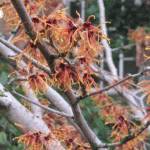
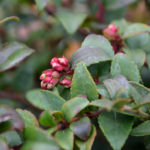
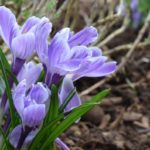
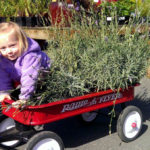
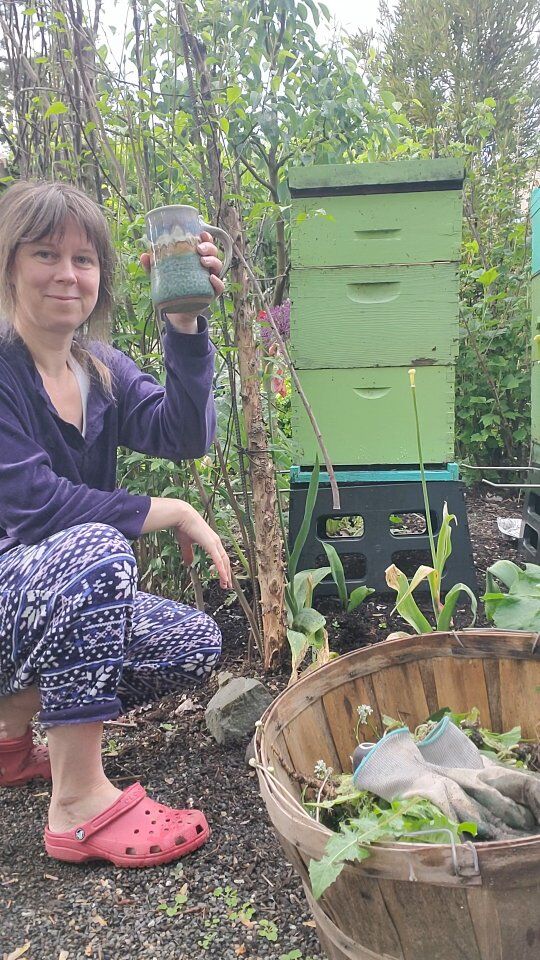

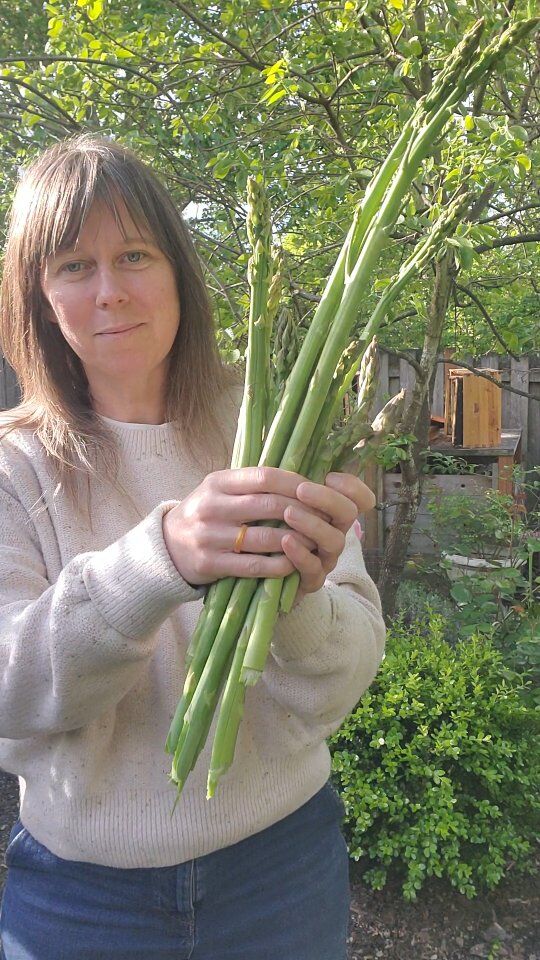
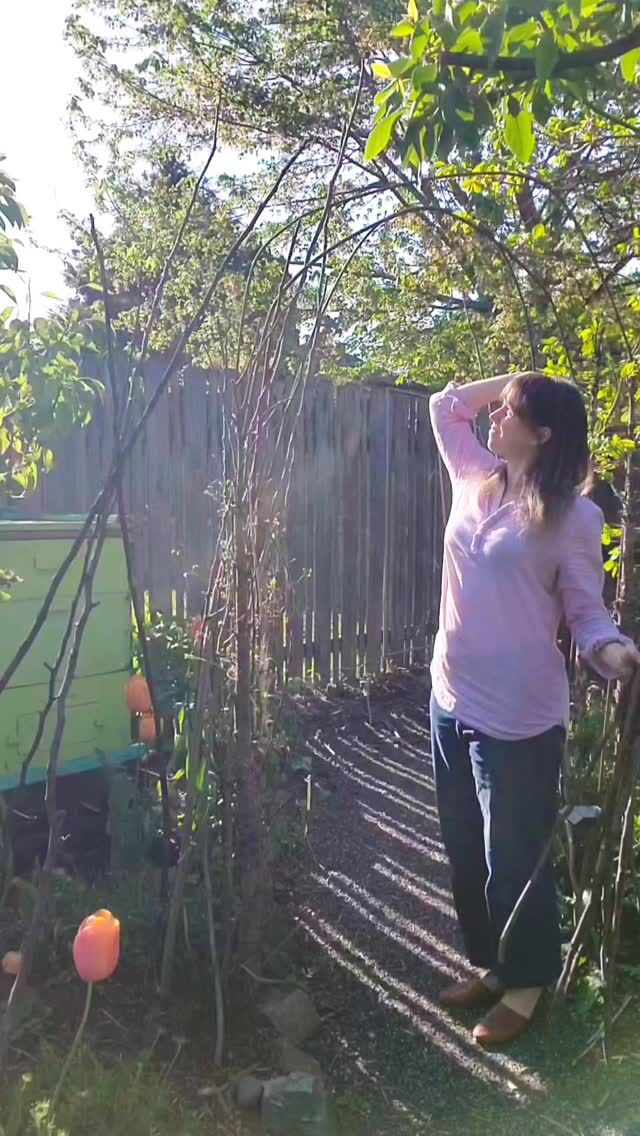
 I start with a
I start with a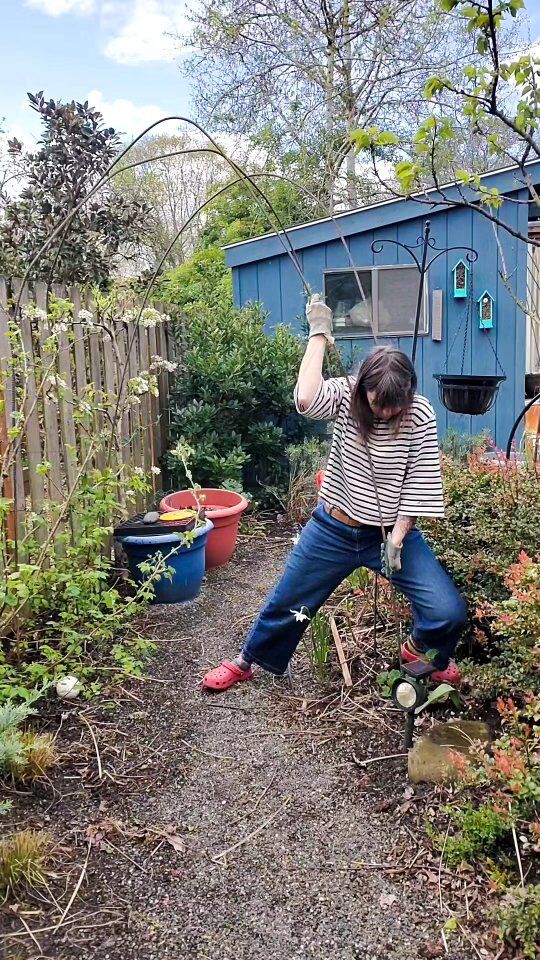
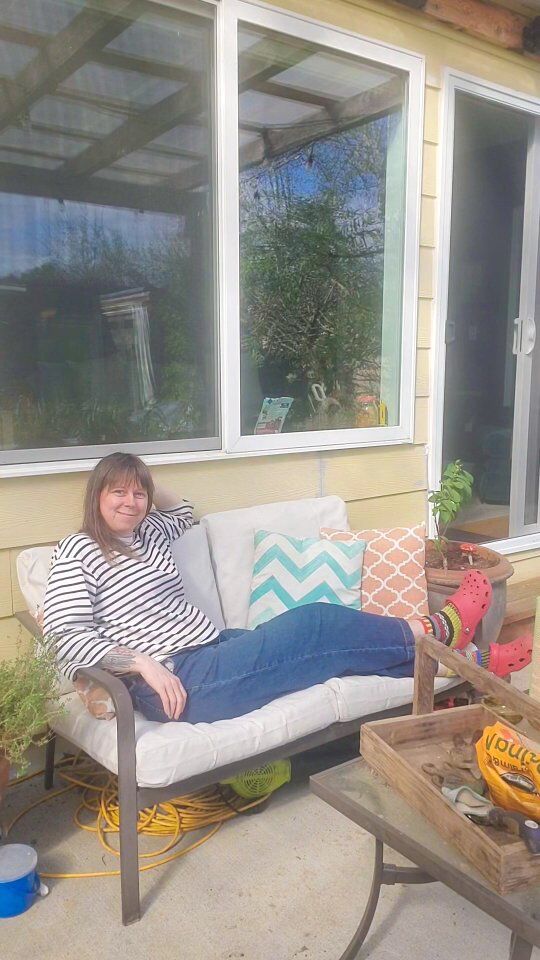
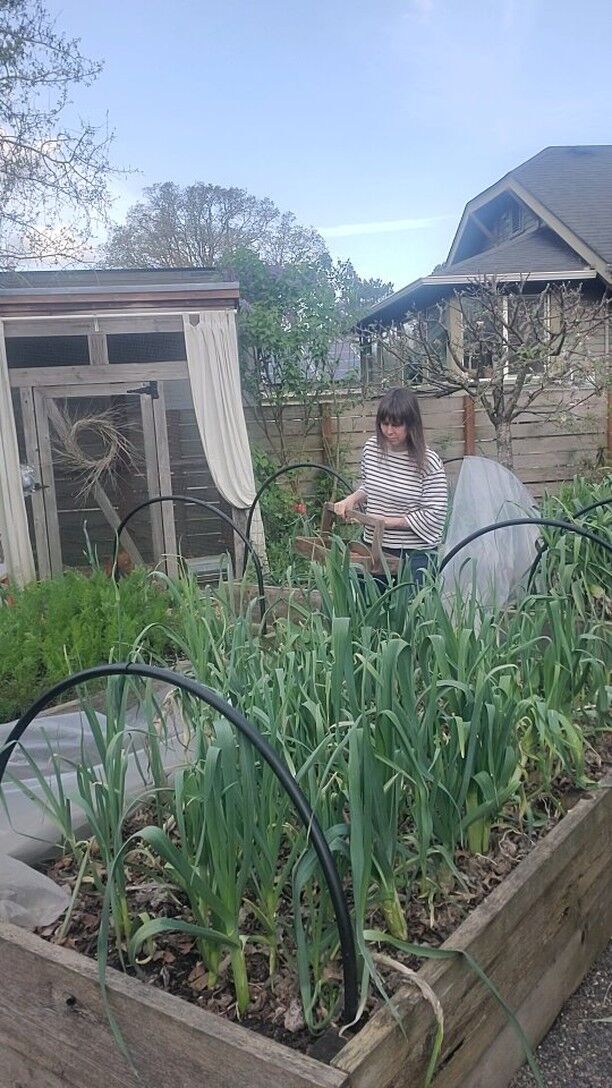
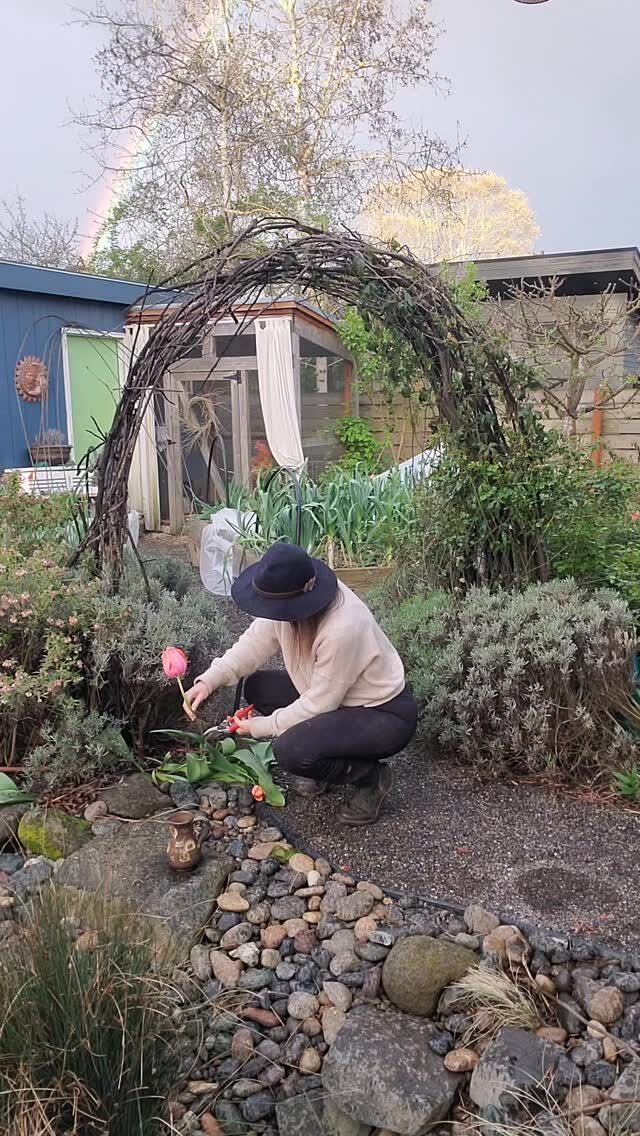
 There's a go
There's a go
i LOVE the tulip trees -great little tidbit of info on it as well. can’t wait til my lilacs start to bloom
Very nice blog.